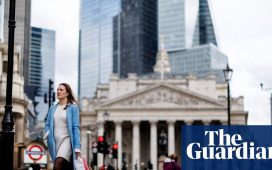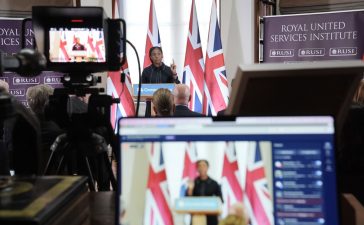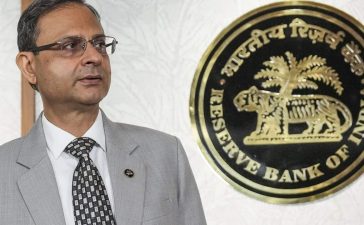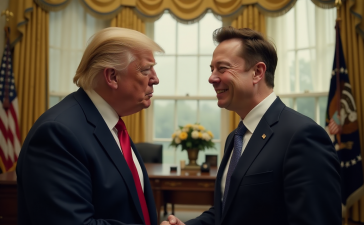After twelve years, controversial WikiLeaks founder Julian Assange is – mostly – a free man, having been released from prison in the UK yesterday.
On June 24, WikiLeaks confirmed the news over X (formerly Twitter) in an update:
Julian Assange is free. He left Belmarsh maximum security prison on the morning of 24 June, after 1901 days”
Source: @wikileaks on X
What is known about the Julian Assange release
According to WikiLeaks, Assange was granted bail by London’s High Court, after which he was released and seen boarding a plane to attend a plea deal yesterday afternoon.
This comes after Assange allegedly agreed, in a deal with the US Department of Justice, to plead guilty to a felony charge at one last court appearance on the island of Saipan.
In theory, the plea deal would involve a ‘sentence’ of the 62 months’ imprisonment Assange has already served – assumedly meaning he would be free to go as soon as he has officially pleaded guilty.
However, the details of this are murky and not yet publicly known – nor have they been confirmed by the US Department of Justice.
“This is the result of a global campaign that spanned grass-roots organisers, press freedom campaigners, legislators and leaders from across the political spectrum, all the way to the United Nations,” said WikiLeaks on the matter. “This created the space for a long period of negotiations with the US Department of Justice, leading to a deal that has not yet been formally finalised. We will provide more information as soon as possible.”
Assange home again soon?
According to WikiLeaks, Assange will attempt to return to Australia after the plea deal is complete.
“After more than five years, he will soon reunite with his wife Stella Assange, and their children, who have only known their father from behind bars… As he returns to Australia, we thank all who stood by us,” they said.
Why was Julian Assange arrested?
Julian Assange is the former editor-in-chief of whistleblowing website WikiLeaks, and is most famous for creating the site in 2006, and thereafter championing it.
Inspired by the concept of Wikipedia, created some years before in 2001, WikiLeaks acted as a repository of classified information. Anyone could anonymously contribute highly sensitive information to the website, which would then act as a whistleblower – largely, it seemed, against the interests of the Untied States government and military.
However, Assange’s personal history as a prodigious hacker, who had targeted top secret US government organisations prior to WikiLeaks’ founding, has at times called the methods of WikiLeaks’ documentation sourcing into question.
This has led to a complex public image for the former editor. Assange is seen by some as a martyr for free press, a dangerous hacker, a freedom fighter and a diplomatic nightmare.
Both Assange and WikiLeaks shot to fame in 2010, when one of the millions of classified documents published by the site included video footage of a US military chopper in Iraq in what seemed like an unprovoked attack, gunning down and killing several individuals in Iraq – including two journalists.
The incident resulted in the arrest and imprisonment of US citizen Chelsea Manning, who collaborated with Assange on the leak, and eventually Assange’s arrest in Sweden later that year in 2010.
Since then, Assange has spent nearly seven years under a kind of political asylum house arrest in the Ecuadorian Embassy of Sweden, then later another five years in Belmarsh prison in the UK. Until now, of course.
This article first appeared on Invezz.com








